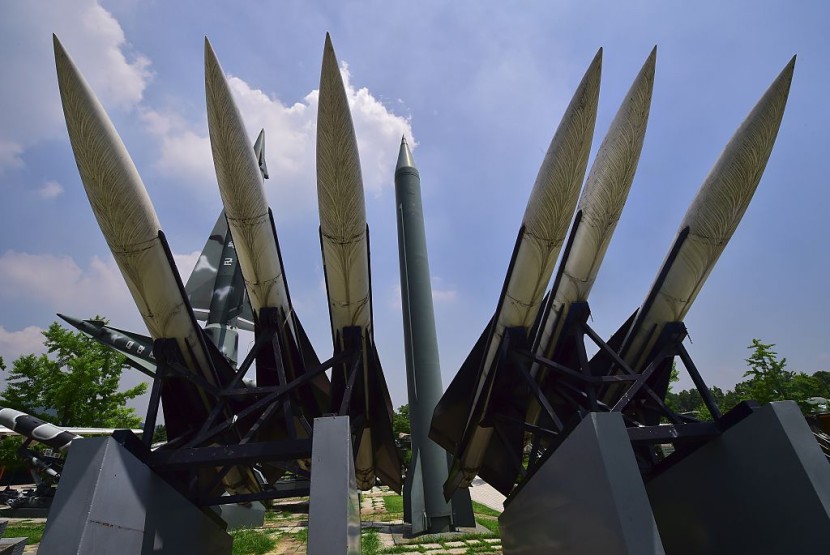
Korea will upgrade the Cheolmae II surface-to-air missile system or KM-SAM for more excellent capability to compete with other defense products.
Competition for defense systems is getting fiercer in the face of tensions against Pyongyang and other malign actors. Compared to a more expensive weapon system, the SAM system offers more value for the price.
South Korea Upgrades Missile Defense
Following North Korea's latest intercontinental ballistic missile (ICBM) missile launches, South Korea has set aside money to modernize its primary middle-tier surface-to-air missile (SAM) guided missiles.
According to the Defense Acquisition Program Administration, Seoul has authorized a $591 million project to enhance the KM-SAM from 2023 to 2029, cited Yonhap News.
Last week, Pyongyang test-fired a new missile that was thought to be an ICBM. According to reports, this was North Korea's longest-range missile, potentially including a missile more potent than the Hwasong-15 fired in 2017, reported the Eurasian Times.
According to Al Jazeera, the new missile might be the Hwasong-17, which is 25 meters (82 ft) long, making it the world's most extensive road-mobile ballistic missile system.
The ICBM was first reported in 2020, although it had never been launched until now. Pyongyang also launched its first ballistic missile (ICBM) in 2017.
The JCS remarked that the military keeps an eye on North Korean military movements. They verified that they have the capability and position to hit the missile launch site while being able to command, control, and support areas whenever North Korea launches a missile, noted the Business Standard.
Iron Hawk Surface-to-air Missile System
The Cheolmae II surface-to-air missile system also called the Iron Hawk, is a medium-range hit-to-kill SAM that can engage incoming missiles from 20 kilometers.
Read Also : Joe Biden Threatens Brexit Trade Deal Over Article 16 Despite Special Relationship With Great Britain
It was designed in Russia for the Agency for Defense Development (ADD) by OKB Almaz with Samsung Thales, LIG Nex1, and Doosan DST when South Korea completed its localization and industrialization based on the technology transfer contract with Russia.
Following North Korea's successful test-launch of its Taepodong-I missile in 1998, which flew over Japan and landed in the Pacific, before the decision to build Cheolmae-2 was undertaken, mentioned Global Security.
When the National Assembly's defense committee convened in the wake of the North's missile test launch, it set it up that the nation's anti-missile defense capabilities be reinforced.
The South Korean Ministry of Defense began the M-SAM program for a defense system that targets missiles. Current improvement efforts focus on making the missiles suitable for intercepting planes and ballistic missiles at less than 20 kilometers.
The panel also approved a $564 million program to develop and manufacture ship-to-air guided missiles from next year throughout 2036 and a 230 billion plan to create long-range air-to-ground weapons enabling precision strikes by 2028.
Other projects include using $ 580 million to buy foreign-made transport planes by 2026.
The South Korean government spent much on its armed forces and armaments to guard against North Korea. Seoul wants to develop defenses against external threats like China and North Korea, with no feeling secure enough the US will fight if south Korea is attacked.
Systems like advanced self-propelled 155-millimeter howitzers, the K9 Thunder has been sold to several nations in Asia, the Middle East, and Europe. The Hyundai Rotem K2 (MBT) is sold abroad as well.
Cheolmae II surface-to-air missile system is only one of Seoul's military products getting notice and is getting sales in the middle east that is shunning expensive US arms.
Related Article: India's Tejas LCA Competes With Chinese, South Korean Models as UAE Procures Military Hardware in Defense From Rebel Threats








